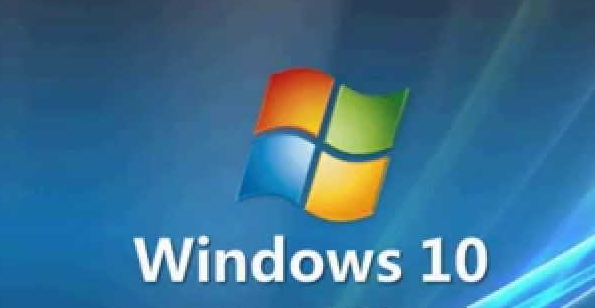
Microsoft stopped supporting Windows 10 today.
The Windows 10 operating system is now out of updates, support, and fixes, which means that security risks are present for POS systems that manage credit card transactions and personal data. Approximately 40% of all computers globally are running on the affected systems, and hence, the number of security holes will rise as they are a tempting target. Over time, manufacturers' hardware will no longer be supported, which is why we anticipate an increase in equipment breakdowns, such as printers, scanners, terminals, and touchscreens.
There are four options for your Windows 10 computers.
Option 1: Upgrade them to Windows 11
Approximately 40% of our Windows 10 clients are unable to upgrade to Windows 11. Windows 11 needs more powerful hardware, which can slow down Windows 10. If possible, upgrade to Windows 11 ASAP. It generally runs faster on modern computers, but on old systems, it tends to be slower. I would not suggest hacking systems to get them to run Windows 11, as Microsoft doesn't guarantee updates or support for systems that bypass hardware requirements.
You can check if your computer is compatible with Windows 11 using Microsoft's free PC Health Check tool. This tool tells you whether your hardware meets the minimum requirements. Computers that meet requirements can upgrade to Windows 11 for free through Windows Update.
Instructions on how to do this can be found here.
Will Your Computer Run Windows 11? Check Compatibility in 60 Seconds.
I suggest running it on all the computers in the shop.
Option 2: Use the Microsoft Security Updates Option
If you pay Microsoft, they will give you support for a limited time.
In our experience, few customers opt for Extended Security Updates due to the cost and limited benefits.
Those of you who are using the free backup service using OneDrive can get it free by using your OneDrive account to sync your PC's settings via the Windows Backup feature. To do this, you must first update your Windows 10 to version 22H2 and then go to Settings > Windows Update to find the "Enrol now (ESU)" wizard. Within the wizard, you select "Sync settings to OneDrive" to sign in with your Microsoft account and enrol for free. You will find details on how to do it here.
Option 3: Leave them with the higher risk profile in Windows 10
Contrary to what many say, Australian laws do not tell you that you have to upgrade; however, it's not as simple as this, it never is, as the law states businesses holding personal information must "take reasonable steps to protect the information from misuse, interference and loss, as well as unauthorised access, modification or disclosure". Running POS systems on unsupported software may pose a problem with the "reasonable steps" requirement. Continuing to operate systems on unsupported systems may be viewed as negligence and a failure to maintain proper security controls.
Additionally, businesses processing credit and debit card transactions must adhere to the Payment Card Industry Data Security Standard (PCI DSS) requirements. It requires systems to have current security patches to protect against known vulnerabilities. Unsupported operating systems that no longer receive security patches automatically fail these requirements.
The immediate issue for most retailers here is whether they will be allowed to run software that connects to bank credit and debit systems. In the past, when this has occurred, we have seen financial companies cease support for outdated operating systems. We have had to move these systems to other computers in the shop and use older machines in the back for stock recording purposes. We certainly do not recommend attempting to hack these systems to work on older Windows versions, as fines are huge, e.g., $100,000 per month, plus the responsibility for fraudulent transactions may be shifted to you.
Option 4: Replace Hardware for Old Systems**
Systems that cannot run Windows 11 need hardware replacement.
In response to this challenge, we have been offering our clients a computer upgrade deal to help them transition to Windows 11-compliant systems.
Conclusion
There are issues to consider here. If you have any questions, contact our support team to discuss the matter further.




